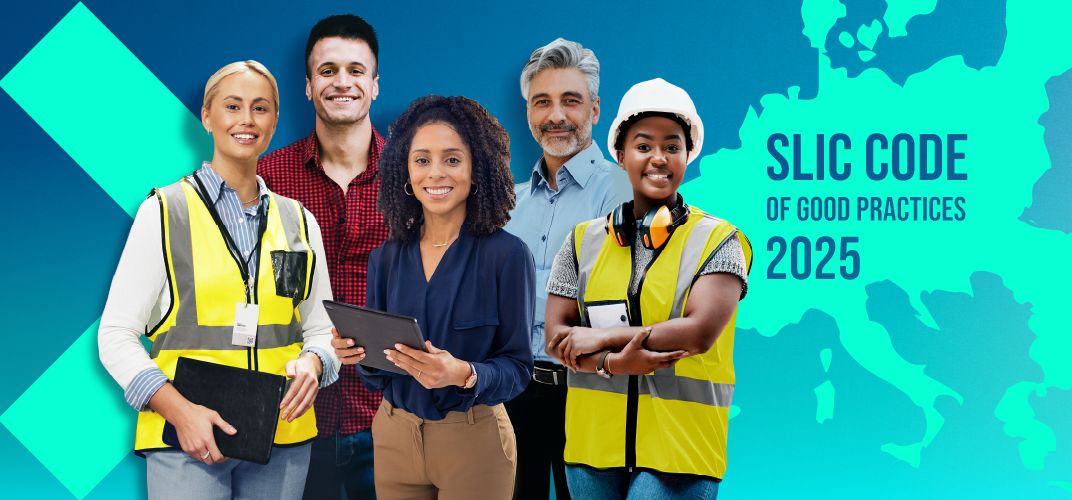


Finland
Inspection campaign

Chemical factors
- Duration: March 2020 – December 2023
- Sector: educational establishments and other workplaces where exposure to chemical agents may occur, including construction companies using epoxy resins
- Number of inspected entities: 2 323
- Number of labour inspectors engaged in the campaign activities: 69

The main aim of the inspections carried out as part of the campaign was to raise awareness among workers and employers of the risks associated with chemical agents, by targeting inspections to check the preparation and implementation of occupational risk assessments in this area. The inspections confirmed that about one third of employers had fully complied with this obligation. About one fifth did not carry out a written risk assessment. Irregularities such as not taking into account all exposure factors or incorrect (not in accordance with SDS requirements) selection of protective equipment were found in half of the cases.

The priority area of the campaign was chosen based on an analysis of the inspectorate’s own database on occupational diseases, and information at the disposal of the Rescue Department of the Ministry of the Interior, which in Finland registers reports of all types of safety incidents, was also taken into account. Data from the Finnish Safety and Chemicals Agency, which is the authority that certifies and supervises the safe production and use of chemical agents, as well as information from the KemiDigi register of chemical substances and compounds and plant protection products and biocides, and data from the ASA register of use of carcinogenic substances were also used. Information on the number of days of sickness absence and data on occupational and other diseases caused by chemical agents when they did not cause absences were also included.

Inspections were carried out throughout the campaign. The duration of inspection activities carried out at an inspected entity were no longer than 2 hours. The duration of activities carried out at the labour inspection office was similar. Approximately one-fifth of all labour inspectors were involved in campaign inspections. Among other things, the labour inspectors had at their disposal: descriptions of tasks to be carried out, checklists, specialised materials on the inspection topics, examples of reactive actions that can be taken when specific irregularities are identified. All the inspectors used IT tools both at the stage of preparing the inspection (access to information about the entity and its inspection history), carrying out inspection activities (documenting findings and drawing up the protocol) and at the stage of summarising the campaign.

The effectiveness of the activities was assessed primarily by referring to the quality of the occupational risk assessment, which took place both during the campaign inspections and during the follow-up inspections. Employers with irregularities that were not inspected again provided information on the corrective actions taken, which, like the inspection data, are recorded in the inspection databases and are used in the preparation of the final report. In the case of the campaign in question, it was not a separate document but formed part of the report on the institution's activities in the area of control and supervision of working conditions.
non-inspection campaign

Chemical factors
- Duration: March 2020 – December 2023
- Sector: companies and other entities using chemical agents
- Number of establishments covered by the non-inspection activity: approx. 1500
- Number of inspectors engaged in the non-inspection activity: 6
- Number of specialised staff involved in implementing the non-inspection activity: 3
- Budget: The project had no external funding, the costs were covered by the labour inspectorate.

The project was prepared as a complementary task to the inspection activities carried out at the same time and to a similar extent. Its main objective was to provide information on the risks associated with the use of chemical agents in the work environment to entities that were not covered by the inspections. The main focus was to provide them with knowledge on the use of risk assessment as an effective tool to ensure safe and healthy working conditions, in the context of the use of chemical agents and the implementation of measures to reduce the risks associated with their use, including the proper selection of personal protective equipment.

In preparing the project, both the inspectorate's own databases and external sources were used, including the ASA register of use of carcinogens, and information from social partners, including employers' organisations and trade unions, and the Finnish Institute of Occupational Health was also taken into account. The project preparation activities were coordinated by a group consisting of representatives from all five regional labour inspectorates, in addition to providing central supervision of the whole project (Ministry of Health and Social Affairs). In accordance with the concept, the target group of the project activities was defined relatively broadly, so that the message could reach as many entities as possible.

As part of the project, a webinar on the assessment of occupational risks associated with the use of chemical agents was organized and attended by 700 persons, and some of the 1 300 registered participants later replayed the recorded footage. Information on the project was also distributed by email on five different topics. Combined, about 4 900 emails were sent. Information materials on the campaign were published on the labour inspectorate's website, where it is available for everyone to download. Publications on the various substantive issues covered by the project were also posted on social media (Facebook, Instagram and LinkedIn). Information was also disseminated in the media and through social partners and stakeholders.

The webinar participants were asked two questions: whether they intend to pass on the information they obtained during the meeting and whether the knowledge gained will affect their actions in the area covered by the activity in the future. The majority of respondents expressed a positive opinion on this, indicating that this type of event should be organised regularly in the future. The best click-through rate when it came to messages forwarded directly to the selected stakeholders via email reached 44 per cent.

























